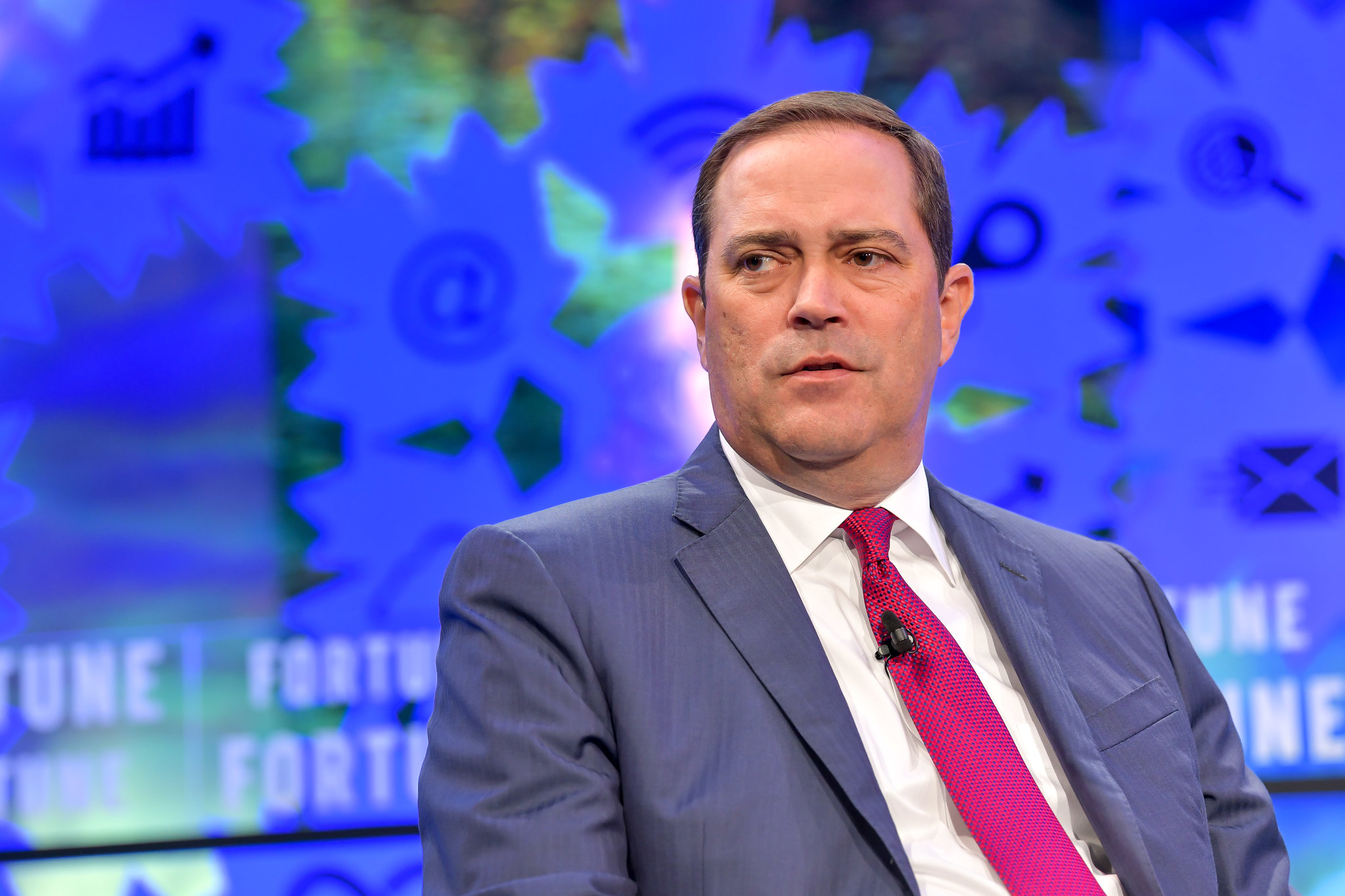 INFRA
INFRA
 INFRA
INFRA
 INFRA
INFRA
Cisco Systems Inc.’s profit engines are ticking over nicely as it continues to reap the benefits of artificial intelligence demand.
The company today posted a solid earnings and revenue beat, following up with strong guidance to boost its stock more than 6% in extended trading. The networking hardware and software giant reported second-quarter earnings before certain costs such as stock compensation of 94 cents per share on revenue of $13.99 billion, up 9% from the same period one year earlier.
That compares well with Wall Street’s call for earnings of just 91 cents on sales of $13.87 billion. Net income fell 8%, but the company still reported a hefty $2.43 billion in profit from the quarter.
Cisco’s biggest business unit, the networking division, generated total sales of $6.85 billion, down 3% from a year ago but still above the $6.67 billion consensus estimate. Meanwhile, the security business added $2.11 billion in sales, up 117% from a year ago, thanks to the company’s $28 billion acquisition of Splunk Inc., which closed in March. Wall Street had been targeting just $2.01 billion there.
Cisco Chief Financial Officer Scott Herren said on a conference call with analysts that Splunk has been accretive to the company’s earnings per share much sooner than hoped. He added that Cisco’s total revenue would have dropped 1% if it hadn’t bought that company.
Chief Executive Chuck Robbins (pictured) said the strong quarterly results were driven by “accelerating demand” for its technology. “As AI becomes more pervasive, we are well-positioned to help our customers scale their network infrastructure, increase their data center capacity requirements and adopt best-in-class AI security,” he said.
Much of Cisco’s AI traction has been driven by the data center buildouts of cloud hyperscalers such as Microsoft Corp., Meta Platforms Inc. and Google LLC, but Robbins said the company sees further opportunities to help large enterprises boost their own infrastructure for on-premises AI deployments.
During the quarter, AI infrastructure orders generated more than $350 million in revenue within Cisco’s networking segment. In addition, the security business also stands to benefit from AI, with Cisco recently rolling out new products to address opportunities in that area.
Holger Mueller of Constellation Research Inc. said the quarterly results provide another reminder why Cisco was so keen to buy Splunk. He noted that it’s only because of that acquisition that Cisco has been able to grow, due to the struggles it’s facing in its core networking business.
“The problem is that this dynamic won’t play out forever, and so it’s only providing some temporary relief,” Mueller said. “It remains to be seen how long Splunk can keep growing to compensate for the shrinking networking revenue. Probably not for long, as the total addressable market for Splunk does not compare with the size of Cisco’s networking portfolio.”
In addition, Mueller also pointed to Cisco’s rising costs as another area of concern.
“Cisco’s cost base is rising, and it’s eating away at its earnings per share, which explains why its net income was down in the quarter,” he said. “Investors will be watching to see if Cisco can find a way to turn this around.”
Looking to the third quarter, Cisco said it’s modeling revenue of between $13.9 billion and $14.1 billion. The midpoint of that range is just ahead of the Street’s consensus view of $13.9 billion. In addition, Cisco said it’s looking for earnings of 90 to 92 cents per share, ahead of the Street’s estimate of 90 cents.
A lot of people in the technology industry have been concerned about what impact the new U.S. President Donald Trump’s Department of Government Efficiency might have on government information technology spending budgets. But Robbins assured analysts on the call that three-quarters of its federal government business stems from the Defense Department, which has so far been unaffected by the DOGE team’s actions. He stressed that most of the headcount cutting has occurred in other federal agencies.
“Everything seems to be progressing as we expected,” he said.
Moreover, Herren said, Cisco’s customers do not appear to be pulling up orders before tariffs go into effect, as some analysts had feared.
The company said it is raising its quarterly dividend 3%, to 41 cents per share, with that increase implying a yield of 2.63% per share, up from 2.56% previously. In addition, it’s boosting its stock buyback authorization by $15 billion, bringing its total remaining authorization to $17 billion, with no deadline.
The after-hours lift means that Cisco’s stock is now up 5% in the year to date, just ahead of the broader S&P Index, which has gained 3%.
Support our mission to keep content open and free by engaging with theCUBE community. Join theCUBE’s Alumni Trust Network, where technology leaders connect, share intelligence and create opportunities.
Founded by tech visionaries John Furrier and Dave Vellante, SiliconANGLE Media has built a dynamic ecosystem of industry-leading digital media brands that reach 15+ million elite tech professionals. Our new proprietary theCUBE AI Video Cloud is breaking ground in audience interaction, leveraging theCUBEai.com neural network to help technology companies make data-driven decisions and stay at the forefront of industry conversations.